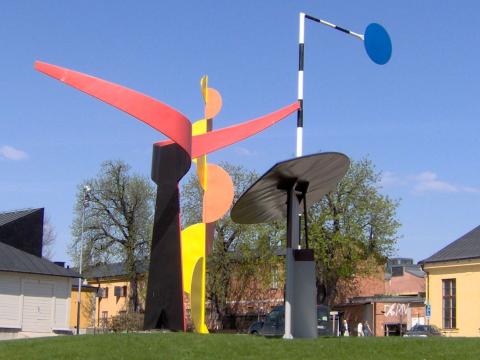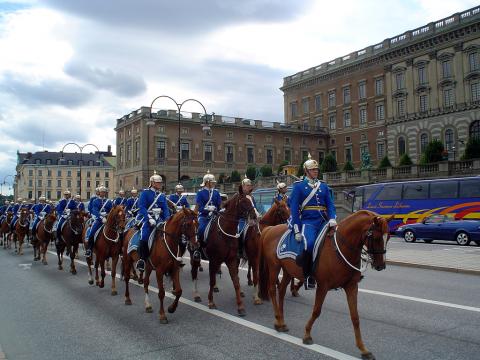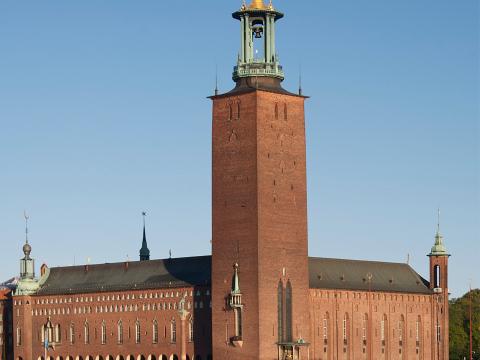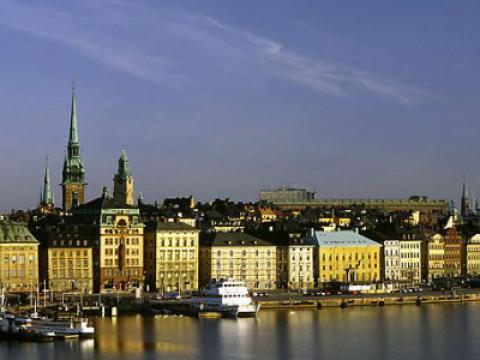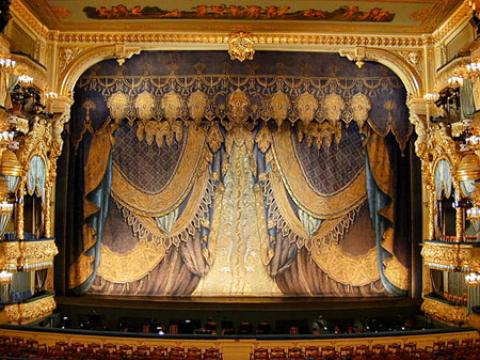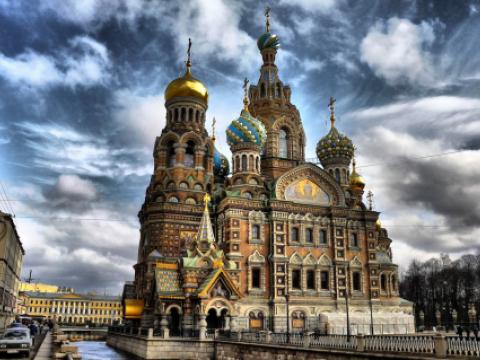Location
The Kumpula Outdoor Swimming Pool is the other of two most popular outdoor pools in Helsinki. Kumpula is slightly less crowded than the one near Olympic stadium. Both of the pools were built for 1952 Olympic games so they are pretty similar in architecture. The atmosphere in Kumpula is a little less hectic so if you are not especially looking for a very lively atmosphere, this might be a better choice.
The swimming pool was built as a practice pool for the 1952 Summer Olympics and it is Finland’s third oldest outdoor swimming pool. In 2005, the swimming pool was restored to its original appearance while the saunas and dressing rooms were modernized at the same time.
The area in Kumpula is large and has possibilities for many activities. Here a simple list of what there is in Kumpula:
- main building: dressing rooms, showers, saunas
- stands and sun plateau
- 25-metre pool
- children´s pool
- wading pool
- diving pool, stands: 1, 3, 5, 7,5 and 10 m
- weightlifting area
- boxing ring
- chess area
- basketball court
- volleyball court
- children´s play area
- jumping castle (seperate fee)
- cafe
Please note that swimming in sportshorts in Kumpula is forbidden, so basically you need to have speedos or similar.
If you are leaving from the center of Helsinki, you will have various options by public transport. At least buses 77, 75, 55AK and 741 will take you close. Best way is to find your route from here www.reittiopas.fi . Just write the origin and destination and the site will tell you the best way to get there from your origin.
Entrance fee for adults 3,6€, Children, Students, Pensioneers 1,8€.
Opening hours 23.5. - 21.8.2011 Mon - Sat 6.30 - 20.00; Sun 9.00 - 20.00







